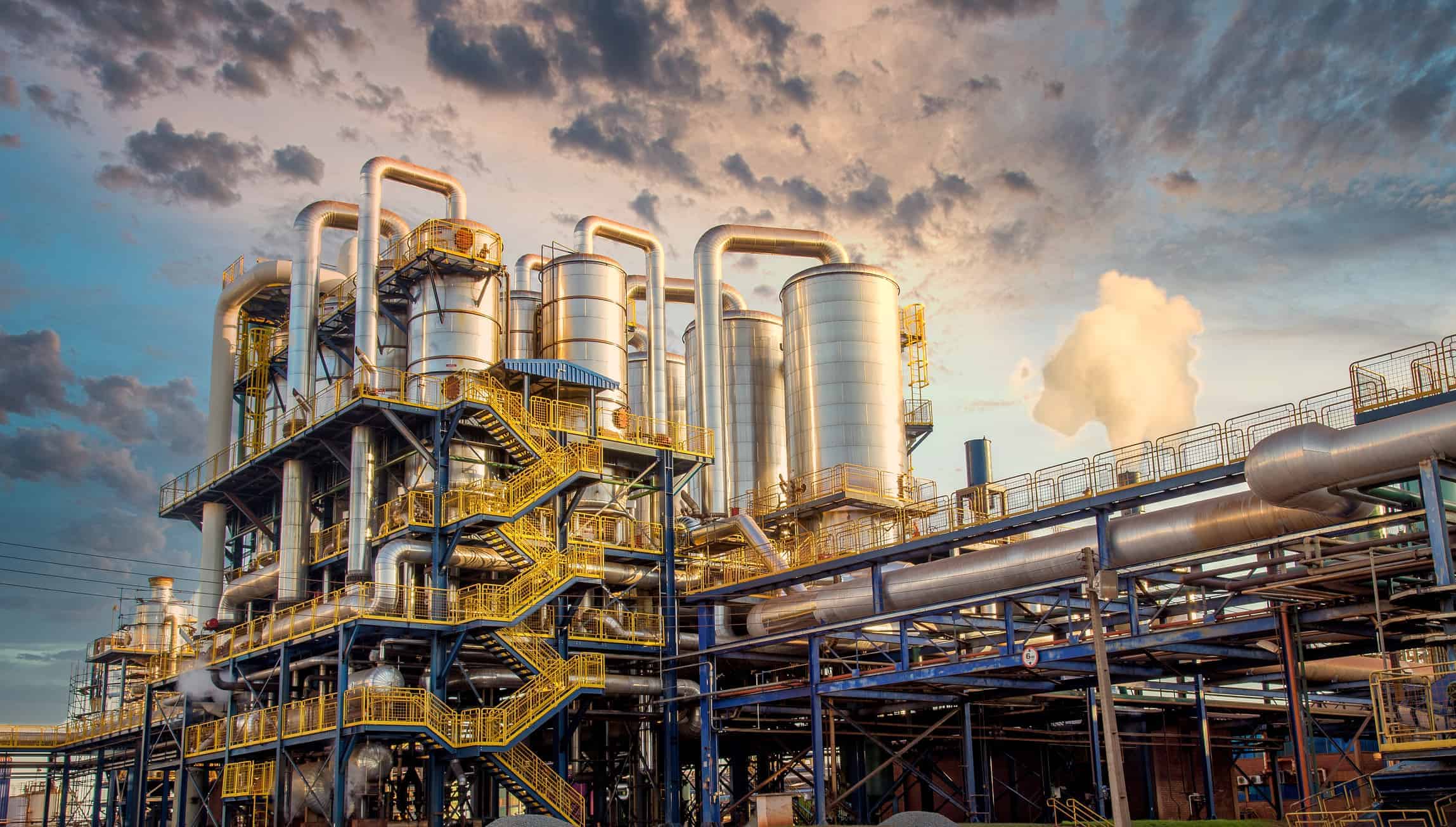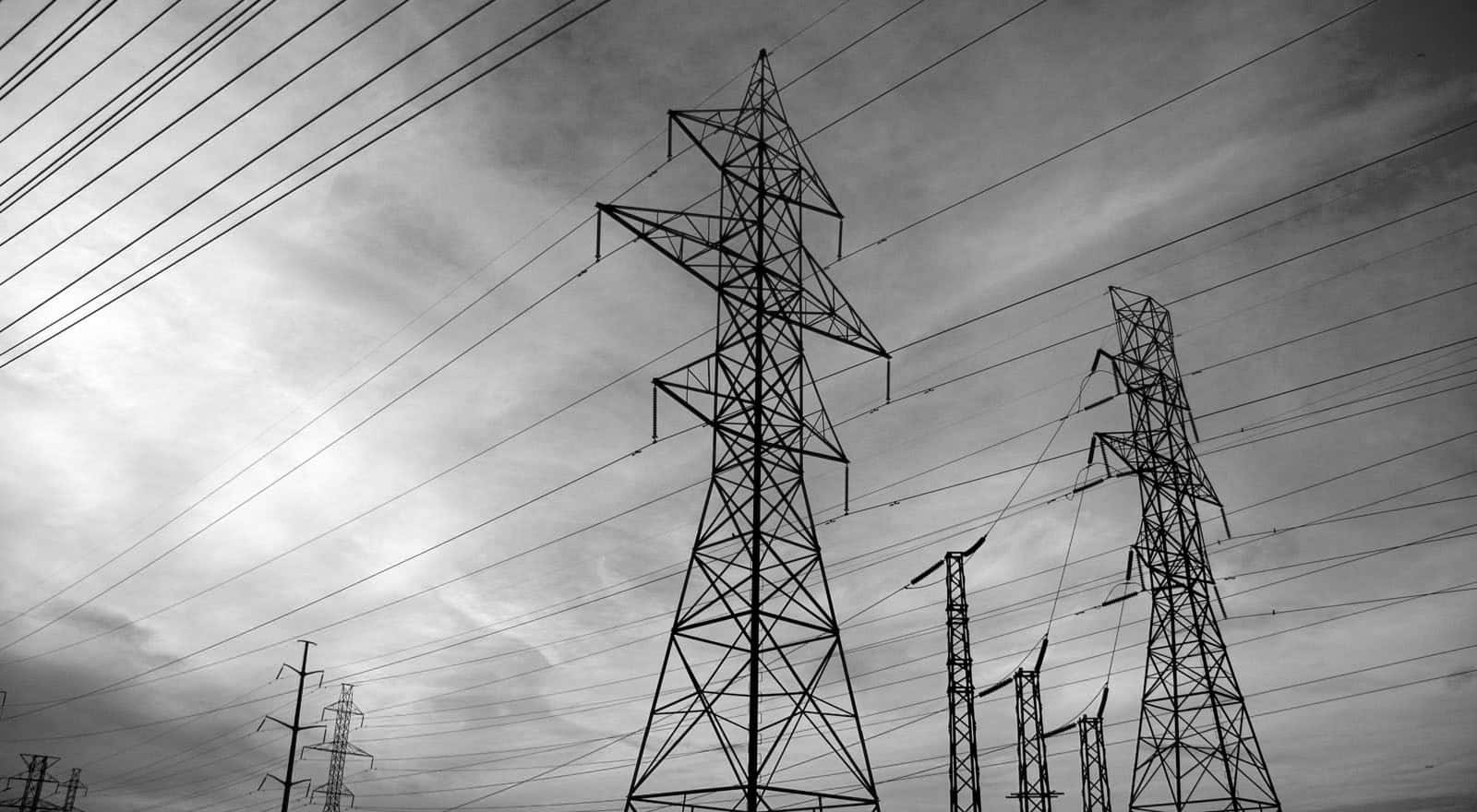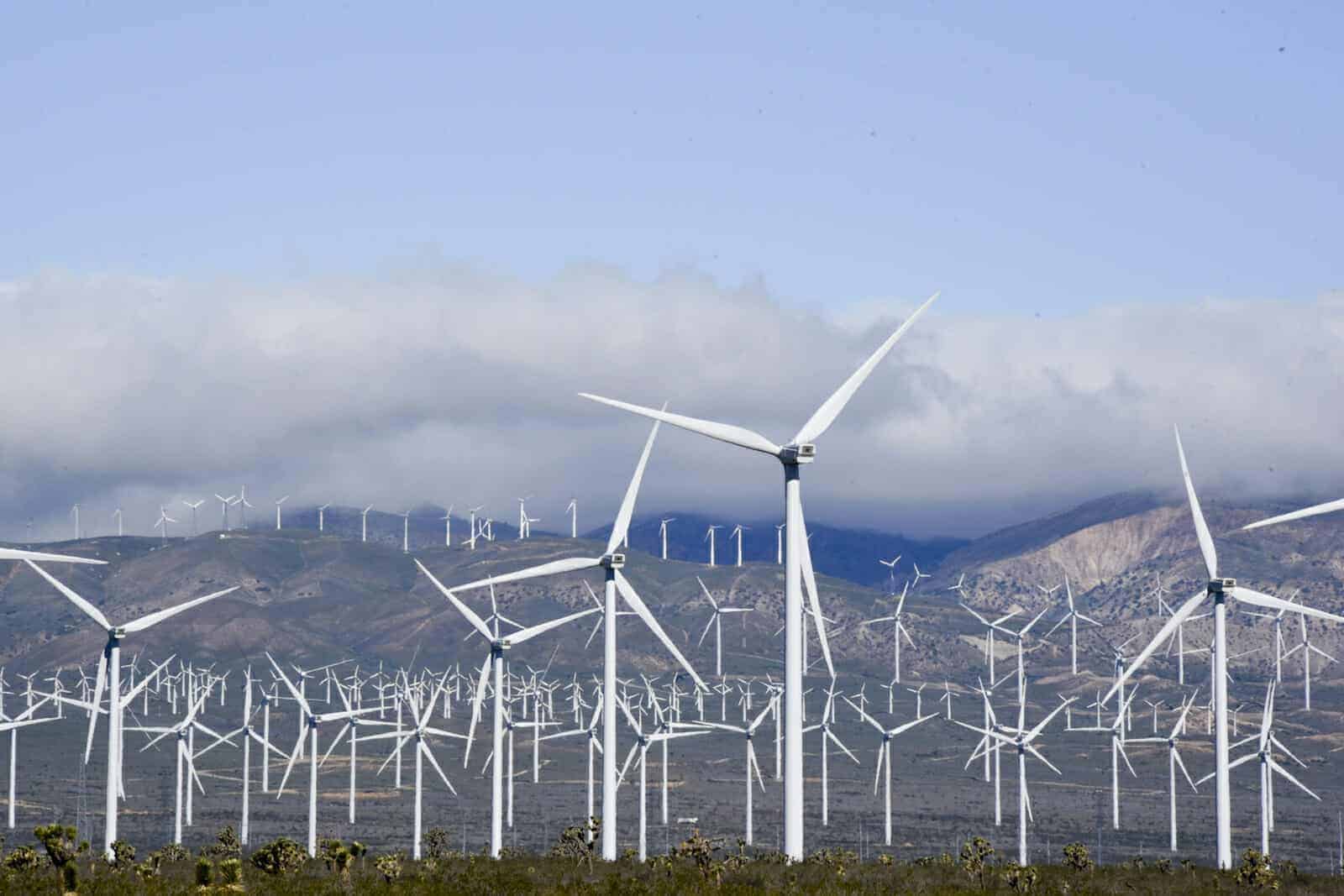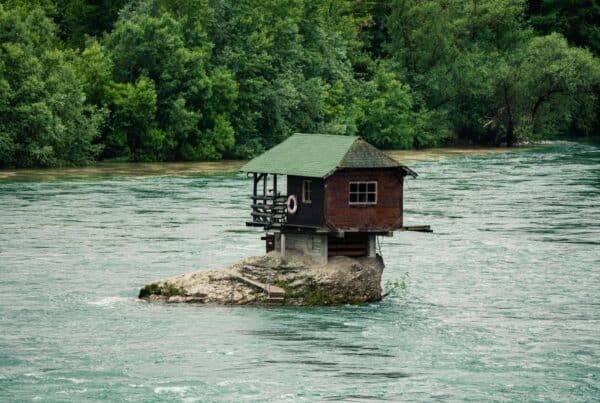Serbia, which has a population of roughly 6.9 million people, gets the majority of its electricity from domestic sources. Around 70% of Serbia’s electricity is generated from low-quality lignite coal, causing serious pollution, while most of the remainder is generated in hydropower plants. Despite recent robust increase, wind power will only account for 2.7% of total electricity generation in 2020. When complete geological reserves and resources are considered, it can be seen that, in addition to the most often used lignite reserves, oil shale accounts for 9% of total geological reserves and resources and has yet to be used.
Serbia has the cheapest electricity in Europe, according to Mihajlovi (Deputy Prime Minister and Minister of Mining and Energy), and even lower prices than neighboring countries. Costs of coal and oil, as well as all items used in electricity production, have grown in the last year, and expecting Serbia to retain current pricing is impossible.
EPS : A major national company falling apart
The national power utility EPS (Elektroprivreda Srbije – Power Industry of Serbia) dominates the Serbian electricity market, owning all substantial generation capabilities and supplying the majority of users.
After heavy snowfall, mud-laden lignite triggered a meltdown in Serbia’s largest thermal power facilities. Although state-owned coal and energy producer EPS has restored some of the aging units, the country continues to rely on power imports, which the government blames on the company’s management. Professor Nikola Rajakovi told Balkan Green Energy News that renewables are Serbia’s greatest option as coal facilities become obsolete.
The failure of Serbia’s two largest coal plants on December 12 resulted in extensive power disruptions, causing EPS to begin importing massive amounts of electricity through transmission system operator Elektromrea Srbije.(EMS). The share of power imported from other countries in domestic use reached 45 percent.
Maximum imports exceeded 2 GW at times in the last few days. Early on December 14, active coal plant capacity fell to slightly over 900 MW, compared to an average of over 3 GW.
The problem reached its pinnacle when the wind died and the Kostolac coal plant went dark. On the domestic production front, hydropower units took the brunt of the load.
EPS now has 2.1 GW of coal plant capacity online, according to statistics from EMS’s Energy Flux application. Imports, at 1.4 GW, account for 26% of total consumption.
On December 12, Minister of Mining and Energy Zorana Mihajlovi reported that 30% of the company’s production capacity was still down and that 126,000 customers were without power.
Milorad Gri, the acting head of Elektroprivreda Srbije (EPS), resigned after five outages and fires in Serbia’s coal power industry in the last month. The failure of a thermal power plant on December 11 even put the European grid’s stability at jeopardy.
An energy crisis: Facing the breakdown
Serbia has been paying more than EUR 10 million for electricity imports per day since the breakdown .. Vučić acknowledged the financial impact would be serious.
After months of silence, Minister Zorana Mihajlović has informed the Serbian public that the country has had to import electricity worth 530 million euros due to the financial disaster facing the national power company EPS.
“Unfortunately, this is not the only cost. We lost much more because EPS missed the opportunity to be an exporter at the time when electricity reached record market prices this winter, and instead, due to the catastrophic management of the now former top executives, EPS ended up importing electricity,” said the Minister, adding that Serbia has not imported coal so far, but that the government has approved the import of four million tonnes of coal by the end of 2023, a quantity that EPS lacks, so this will be an additional cost for the national power provider.
According to analysts, the damage to Serbia and the resulting emergency electricity imports will cost between EUR 500 million and EUR 1 billion. Furthermore, due to heavy use and poor hydrological conditions, water reserves at hydropower plant reservoirs are at their lowest point in at least five years on a seasonal level.
Earlier this month, the media got hold of documents that revealed delays in the reconstruction plans for three units in coal power plants Nikola Tesla (TENT) A and B, located in Obrenovac in Belgrade territory. The second phase of B2 reconstruction was slated to begin this year, but EPS reportedly postponed procurements totaling EUR 59 million, raising suspicions that the utility cannot afford the project.
The company is having second thoughts about the project to reconstruct TENT A1 and A2 (210 MW each), which are five decades old. They were intended to be shut down by the end of the year, according to previous plans. Meanwhile, the government and EPS have agreed to spend EUR 200 million to totally refurbish them, enhance their power and longevity, and add a desulfurization facility.
The corporation, however, is alleged to have been denied by the Ministry of Mining and Energy after stalling for two years with an unfinished application for the project’s environmental impact study. Unit A3, which was planned to replace A1 and A2 in district heating for the town of Obrenovac after the rebuilding, was also canceled.
Serbia’s power utility Elektroprivreda Srbije (EPS) has suspended the construction of its first solar power plant Petka, with a capacity of 9.95 megawatts (MW), citing lack of funds.
The tender for the construction of the Petka solar power plant at the external tailings dump of the Ćirikovac coal mine in the Kostolac basin was announced in January. One bid was received, evaluated, and a contract was suggested for signing. EPS, however, decided to call the deal off at the end of April.
“There are no finances available for this reason,” EPS’ management told the company’s public procurement commission.
Renewables, a perfect transitional solution
Professor Nikola Rajakovi of the University of Belgrade’s School of Electrical Engineering told Balkan Green Energy News that, aside from low-quality lignite, there isn’t much that can be done with the oldest coal power plants, some of which are more than half a century old.
“Serbia will have to gradually shut them down, but not before installing the capacities to replace them. Scientists and experts are aware of the intermittence challenges in the case of reliance on solar and wind power, but they are leaning more and more toward such a switch as new storage and flexibilization solutions are becoming available , [that] is within reach.”
The professor emphasized that sector coupling can considerably aid renewables stability by converting excess wind and solar electricity to heat and hydrogen for other applications. Another crucial component, according to Rajakovi, is demand response: a loss in supply can be compensated by a coordinated fall in demand among customers.
Gas is “a perfect transitional solution” while Serbia should turn to nuclear power only if the issues with renewables can’t be overcome, he asserted. On the other hand, the country has no experience with the technology and the smaller, modular nuclear power plants still aren’t tested enough, according to Rajaković.
The Ministry of Mining and Energy plans to announce auctions in the third quarter for awarding premiums for the construction of renewable energy power plants, the ministry said to the Balkan Green Energy News. The Serbian government has already set a 400 MW quota for wind farm premiums.
Auctions in Serbia (rules and conditions for auctions) were announced for the end of the last year or the beginning of this year, but the decision was not taken
The ministry is aware of numerous interests and the necessity for individuals to obstruct Serbia’s green energy transition by preventing the execution of the renewable energy law or establishing new renewable energy investments, according to the ministry.
By the end of the year, premiums would be distributed.
Regardless of impediments, the auctions will be publicized in the third quarter of this year, and a premium will almost probably be given by the end of the year, according to the ministry.
Serbia’s Deputy Prime Minister and Minister of Mining and Energy, Zorana Mihajlovi, spoke with Christopher Hill, the new US Ambassador to Serbia, about the two countries’ economic relations, energy infrastructure development, regional connections, energy transition, new US investments, and improving the business environment in the country, according to the ministry.
“We have made significant progress in the mining and energy sectors, particularly in terms of building legislative frameworks. Serbia is still in the early stages of its energy transition. We need new capacity, particularly in the electrical industry, because we haven’t constructed any in 35 years and thermal power plants provide more than 70% of our energy. The objective in the gas business is to invest in new capacity, energy efficiency improvements, and diversification”, according to Mihajlovi.
The Agrosolar project will involve crop production and electricity generation with solar panels in the same place. The total capacity of the solar panels is expected to be 660 MW, making it the largest solar power plant in Europe, as the biggest one currently is the 500 MW Nunez Balboa in Spain
The investment is anticipated to be worth EUR 340 million.
The development of a 50-kilowatt experimental solar park, which will commence in the next three months, according to Tiziano Giovannetti, CEO of Fintel Energija. According to him, the Agrosolar project will cover 770 hectares in the Kula municipality. The solar power plant will have a capacity of 660 MW, with an annual green energy production of roughly 832 GWh, enough to cover the demands of almost 200,000 families.
According to Giovannetti, this allows the company to continue to contribute to Serbia’s aim of increasing the share of renewable energy to at least 40% by 2040.
In the second phase, a factory for the generation of green hydrogen fueled by a solar power plant would be developed, bringing more innovation to the Serbian energy industry, he said. According to Vukovi, this technology would enable the manufacturing of 300 tons of urea mineral fertilizer each day, which will be obtained in a completely sustainable manner.
After years of anticipation, Serbia has got its first registered solar prosumers in the household sector. Miloš Lončar, a mechanical engineer from the Belgrade municipality of Zemun, has told Balkan Green Energy News about his 10-year dream to produce his own electricity and how it has finally come true. He recently built a house in Zemun and decided to make it as energy efficient as possible, using a heat pump, a central heating boiler, and solar panels.
The investment, of some EUR 9,000, is expected to pay off in seven to ten years, he says.
Bibliography:
Balkan Green Energy News,“Balkans’ first agrosolar project gets off the ground in Serbia”, Balkan Green Energy News, 4 May 2022. https://balkangreenenergynews.com/balkans-first-agrosolar-project-gets-off-the-ground-in-serbia/
Balkan Green Energy News, “Serbia clears way for household solar, gets first prosumers”, Balkan Green Energy News, 16 May 2022. https://balkangreenenergynews.com/serbia-clears-way-for-household-solar-gets-first-prosumers/
Igor Todorović, “Mihajlović, Hill hint at Serbia-US strategic partnership agreement”, Balkan Green Energy News, 19 April 2022. https://balkangreenenergynews.com/mihajlovic-hill-hint-at-serbia-us-strategic-partnership-agreement/
Igor Todorović, “Serbia’s electricity crisis: EPS struggling to get coal plants back online”, Balkan Green Energy News, 15 December 2021. https://balkangreenenergynews.com/serbias-electricity-crisis-eps-struggling-to-get-coal-plants-back-online/
Igor Todorović, “Acting CEO of Serbia’s power utility EPS quits after several major outages”, Balkan Green Energy News, 12 January 2022. https://balkangreenenergynews.com/acting-ceo-of-serbias-power-utility-eps-quits-after-several-major-outages/
Snezana Bjelotomic, “Serbia imported at least EUR 500 million worth of electricity in 2022”, Serbian Monitor, 11 May 2022. https://www.serbianmonitor.com/en/serbia-imported-at-least-eur-500-million-worth-of-electricity-in-2022/
« The energy sector in Serbia”, Bankwatch Network. https://bankwatch.org/beyond-fossil-fuels/the-energy-sector-in-serbia
Vladimir Spasić, “Serbia to launch auction for wond farms in third quarter of 2022 – ministry”, Balkan Green Energy News, 6 May 2022. https://balkangreenenergynews.com/serbia-to-launch-auction-for-wind-farms-in-third-quarter-of-2022-ministry/
Vladimir Spasić, “Electricity prices for households in Serbia have to be higher – ministry”, Balkan Green Energy News, 29 April 2022. https://balkangreenenergynews.com/electricity-prices-for-households-in-serbia-have-to-be-higher-ministry/







